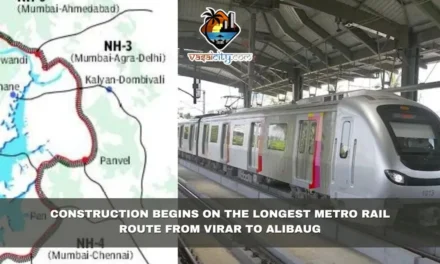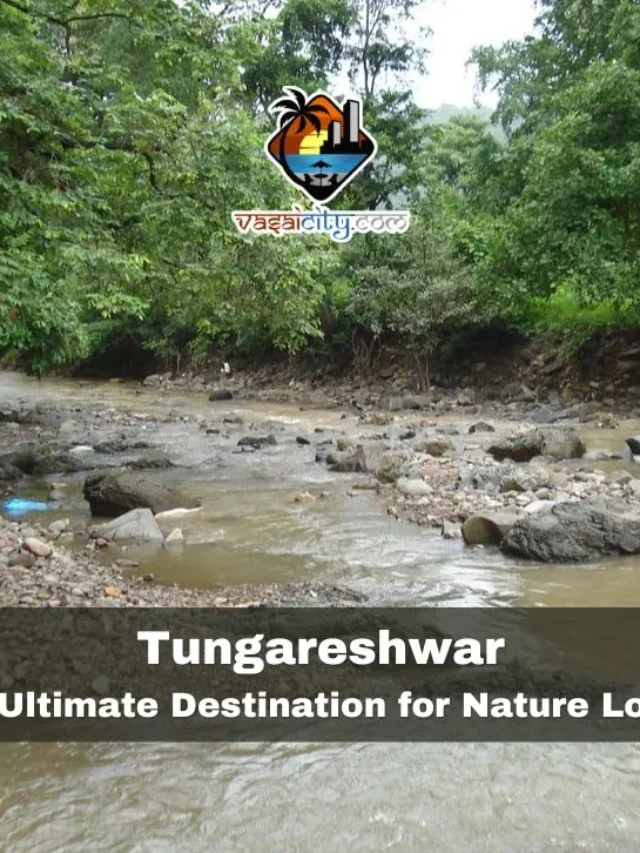In a momentous occasion on January 12, Prime Minister Narendra Modi pulled back the curtains on the much-anticipated Surya Dam project, ushering in a wave of relief for the 30 lakh residents residing in the sprawling western suburbs of Vasai-Virar and Mira-Bhayandar. This milestone, marking the inauguration of the first phase of the project, signifies a positive turn of events for the water-starved communities in the region.
A crucial step in addressing the water needs of the area, the initial phase of the Surya Dam project promises to make a whopping 185 million liters per day (MLD) of water available to the denizens of Vasai and Virar. With the wheels set in motion, authorities have already kickstarted the supply of 85 MLD of water since November of the previous year to the 14 lakh residents under the jurisdiction of Vasai Virar Municipal Corporation (VVMC). This timely intervention has brought much-needed relief to the local populace, alleviating the strain caused by water scarcity.
The broader objective of the Surya Regional Bulk Drinking Water Supply Scheme is to deliver treated bulk water not only to VVMC but also to MBMC (Mira-Bhayandar Municipal Corporation) and 44 villages scattered across the Palghar district. Officials from the Mumbai Metropolitan Region Development Authority (MMRDA), the overseeing body for the project, shared insights into the progress, mentioning that the scheme boasts an overall physical advancement of approximately 88%. As per their estimations, the designated corporations are expected to commission the Surya Regional Bulk Drinking Water Supply Scheme by 2024.
Upon completion, the scheme ambitiously aims to fulfill the water demands of the 14 lakh residents in the VVMC region and the 44 villages in Palghar district. In addition, it aspires to serve approximately 16 lakh people in the MBMC region, marking a significant stride in addressing the water woes of the region.
However, it is worth noting that a VVMC official cautioned that the water supply might exhibit irregularities until it attains stability. The ongoing testing of the supply system is a part of the process, and the supply is expected to incrementally increase over time. Nallasopara MLA Kshitij Thakur expressed gratitude for the inauguration, emphasizing that the project has resolved issues for lakhs of citizens. Thakur highlighted that, in the long run, MMRDA will be supplying 403 MLD of water to Vasai-Virar towns, neighboring villages, and Mira-Bhayander Municipal Corporation. Currently, VVMC requires 372 MLD of water, out of which 230 MLD is already being supplied to the Municipal Corporation.
The genesis of the Surya Dam project traces back to 2017, and its development has come to fruition at a total expenditure exceeding ₹1975 crore. The comprehensive Surya Regional Water Supply Scheme is poised to deliver a substantial 403 MLD of water daily. The scheme features two pumping stations strategically positioned at Kawadas and Surya Nagar.
Delving into the technicalities of the project, the scheme involves the lifting of raw water from the Kawdas pickup located downstream of the Surya dam. Subsequently, this raw water undergoes purification in the water treatment plant. The treated water is then transported through an 80.71-kilometer gravity-fed underground pipeline. The journey concludes at the master balancing reservoir, located at Kashid Kopar Hill, catering to the water needs of VVMC, and another reservoir atop the hill of Chene village along Ghodbunder road, servicing MBMC.
In essence, the inauguration of the Surya Dam is a beacon of hope for the residents of Vasai-Virar and Mira-Bhayandar, heralding the promise of a more secure and sustainable water future. The tireless efforts and investments put into the project underscore the commitment to addressing the pressing water challenges faced by these communities, offering a lifeline to those who have long grappled with water scarcity. As the project inches towards its full realization, the impact on the daily lives of the residents is bound to be transformative, marking a significant chapter in the developmental journey of the region.











